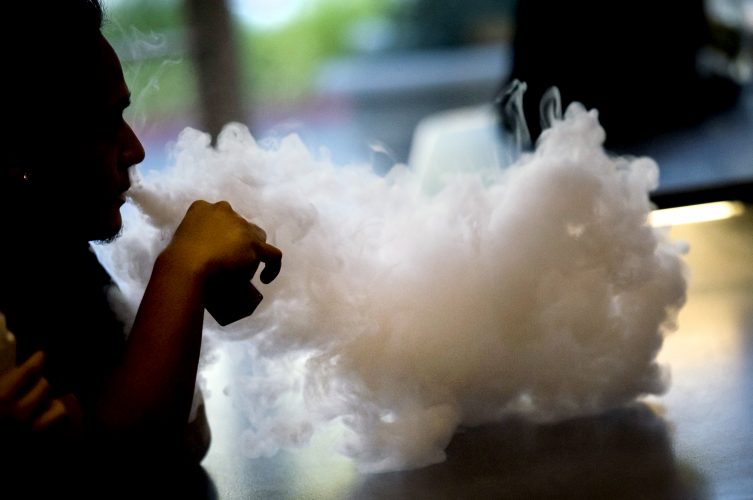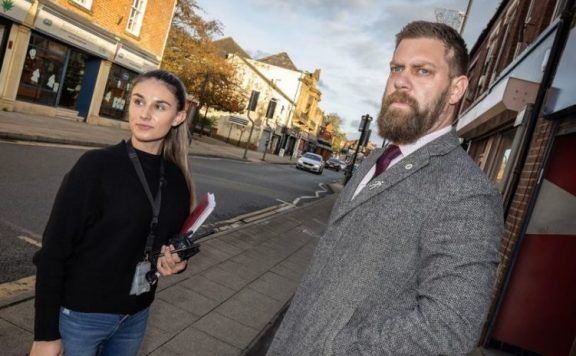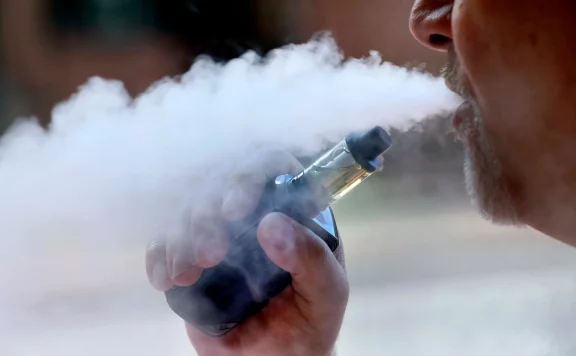According to Mission Superintendent Angus Wilson, vaping students have a negative impact on their ability to concentrate and learn.
During a discussion with the district last week, mission school principals expressed their worries about an increasing crisis of vaping among students.
On Wednesday (Nov. 23), Mission District 75 Superintendent Angus Wilson sent a memo to parents highlighting the matters that the schools are facing.
“It’s somewhat sad because when I was a principal, we saw tobacco smoking slowly disappear.” There are still children who smoke tobacco, but electronic cigarettes have covered that void,” Wilson explained during an interview.
According to a 2020 survey performed by the McCreary Centre Society, 27% of children in grades seven to twelve in British Columbia vaped.
“It’s a provincial worry, but it is also a worldwide issue,” said Dr. Menn Biagtan, Vice President of Health Programs and Initiatives at the BC Lung Foundation. “The percentage of high school students who vape is rapidly increasing.”
Tobacco vapes are more powerful than cigarettes and include more toxic substances. Wilson claims that students vaping in class reduces their ability to concentrate and learn.
“Some of our students can’t go an hour without vaping,” Wilson explained.
“Physical dependence and addiction are two of the most serious health consequences of nicotine,” Biagtan said. “We are concerned that more children will start consuming vapes since they genuinely think it’s a less detrimental alternative to tobacco smoking, but it isn’t.
According to Biagtan, the long-term consequences of both cannabis vapes and nicotine on the mental and physical well-being of the young generation are uncertain since research is still ongoing. Nevertheless, there is sufficient evidence to suggest that vapes can have an adverse influence on neural and respiratory health.
“Nicotine has the potential to harm the development of the brain.” “Ordinarily, our brain develops until around the age of 25, and tobacco exposure until that age can impede the brain’s parts that control memory, mental focus, and behavioral control,” she explained.
Wilson claims that students vaping in the restroom interrupt and terrorize their fellow students who genuinely want to use the restroom. He claims that since vapes are easily hidden and lack a distinctive smell, they are more challenging to control in schools compared to cigarettes.
“What we’re particularly worried about and would like to try to tackle is the influence on school atmosphere and learning,” Wilson says. “We still have suspensions for students who vape, but that is not the best way to stop vaping.”
“There is no magic bullet. The issue is that by the time [you’re in high school], I can’t just go up to someone and ask them not to be addicted. That is not how it works. As a result, much of the education must be geared toward students in upper elementary as well as middle schools.
To address the issue, the school district intends to work with Fraser Health as well as other community organizations to enlighten students on the hazards of electronic cigarettes. Schools already have posters depicting the more heinous repercussions of smoking, however, Wilson says the school board is looking for further long-term remedies.
“Trying to educate our younger generation about the hazardous implications of vaping ought to be a primary concern for our schooling system — particularly at the secondary school level,” Biagtan says. “There also needs to be more laws enacted to raise the minimum age at which individuals can obtain nicotine or vapes.” BC Lung proposes an age of 21 rather than 19.”
You can get the BC Lung Foundation’s online vaping mitigation toolkit for students, teachers, and parents at bclung.ca/how-we-can-help/vaping/vaping-prevention-toolkit.







